- H-23/ B Abul Fazal Enclave, New Delhi - 110025, INDIA
Call Us (Indian)
(+91 ) 7827791242
Call Us (International)
(+91 ) 7827791242
Email Us
info@globlaregenex.com
(+91 ) 7827791242
(+91 ) 7827791242
info@globlaregenex.com
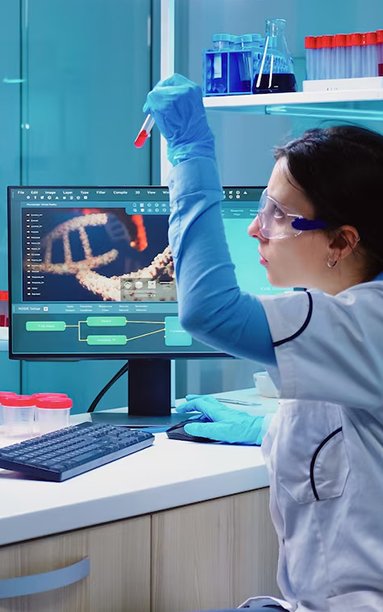
The phrase “stem cells” has gained some traction in the last fifteen years on television and in the press, and scientists frequently debate it in great detail. There are intense arguments and debates over the function of stem cells everywhere one looks; sadly, a lot of the justification for these arguments lacks scientific foundation. Policies regarding stem cell research that are religious, political, or governmental frequently add to the already confusing nature of the topic, which is typically highly misunderstood.
The majority of regular people find stem cells and regenerative medicine to be complex topics. In order to better inform the public of the advantages and disadvantages of stem cell research as well as its significance to everyday living, well-being, and long-term health management, we would like to take this opportunity to go into great detail regarding what, where, when, and why of stem cells.
The term “stem cell” was first used in the scientific literature in 1868, by German scientist Ernst Haeckel, who was describing the process by which a fertilized egg develops into a living, breathing creature.
The word “hematopoietic” was first used in 1908 by Russian histologist Alexander A. Maximow to conjecture the existence of some blood cells. Dr. Maximow was the first to discover a single progenitor cell within a mesenchyme-like tissue cluster in 1924. It was believed that the mesenchyme cells may develop into several blood cell types. It was eventually discovered that these cells were mesenchymal stem cells.
French oncologist Georges Mathé performed the first bone marrow stem cell transplant in history in 1959. Five Yugoslavian nuclear plant workers, whose own marrows had suffered significant damage in an accident, were used in the experiment. Later on, Dr. Mathé led the way in developing stem cell therapy for leukemia patients receiving bone marrow transplants.
The main site in the human body where stem cells are produced is the bone marrow. The use of bone marrow-derived stem cell treatment became popular throughout the 1950s and 1970s at the Fred Hutchinson Cancer Research Centre thanks to Dr. E. Donnall Thomas. It was demonstrated by Dr. Thomas’s study that bone marrow-derived stem cells could be intravenously administered to generate new blood cells.
Beginning in 1995, the Faculty of Medicine at Siriraj Hospital, a division of Mahidol University Medical School, conducted Thailand’s first stem cell use and research. The primary goal of the early stem cell researchers in Thailand was to comprehend and cure thalassemia, a prevalent blood condition in the country.


The adult human body has an estimated 100 trillion stem cells. Fundamentally, a stem cell is a kind of “seed,” “starter,” or “blank source” cell with the extraordinary capacity to develop into any adult human tissue.
Although the phrase “adult stem cells” is frequently used to refer to stem cells, it is a little deceptive. Adults, toddlers, and newborns all have “adult stem cells.” Embryonic stem cells are the antithesis of adult stem cells. Somatic stem cells are another term for adult stem cells.
All multicellular creatures on Earth contain these powerful, “undifferentiated cells,” which are capable of endless self-replication into additional healthy cells of the same kind. Cell differentiation is the name given to this process.
Because stem cells may take on the characteristics and functions of other types of cells, they are also occasionally referred to as progenitor cells. Progenitor cells can only develop to generate one or more types of cells, but stem cells have the ability to divide and proliferate indefinitely. This is the primary distinction between stem cells and progenitor cells.
There are two requirements for a stem cell treatment:
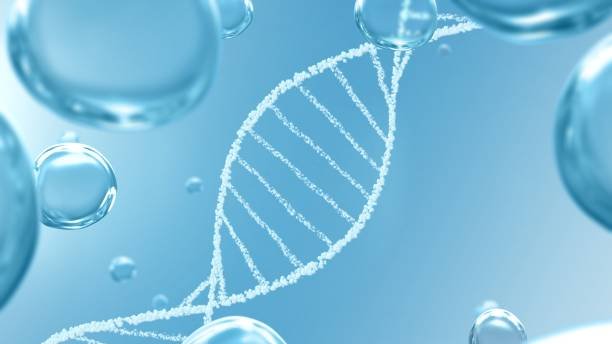
The cells' capacity for self-renewal must be preserved. The ability of a cell to undergo several rounds of regular cell division and still retain its undifferentiated state is known as self-renewal.
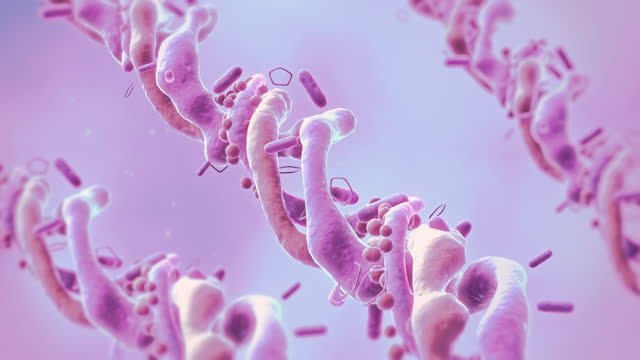
The cells need to have potency. The capacity to develop into endoderm (endothelium cells), mesoderm, or ectoderm—the three germ layers—is referred to as potency.
Every organ, cell, and tissue in the human body is built on top of these powerful “blank” cells. They are necessary since there are no other natural ways to permanently replace or repair the damaged tissues and organs in our bodies. With a precise distribution method, the cells can heal wounds or degenerative conditions. Additionally, recent studies have discovered that stem cell regeneration is triggered by intermittent fasting.
These days, a number of degenerative illnesses are treated with stem cell and gene treatments, including:
The human body has a variety of somatic cells and motor neuron types. They range from specialized cells that serve as the basis of human tissue or organs to cells with a single purpose.
Adult stem cells called mesenchymal stem cells, for instance, can develop into muscle, skin, tendon, ligaments, cartilage, bone, and even nerve cells. Hematopoietic stem cell lines, on the other hand, produce just blood cells—red, white, and platelets—while neural stem cell lines produce only nervous system cells.
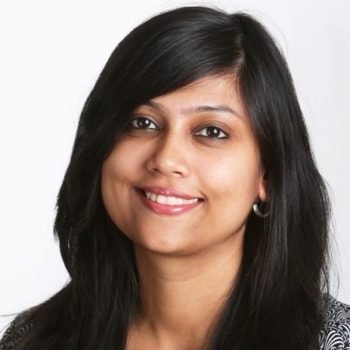


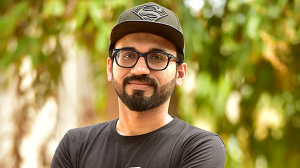
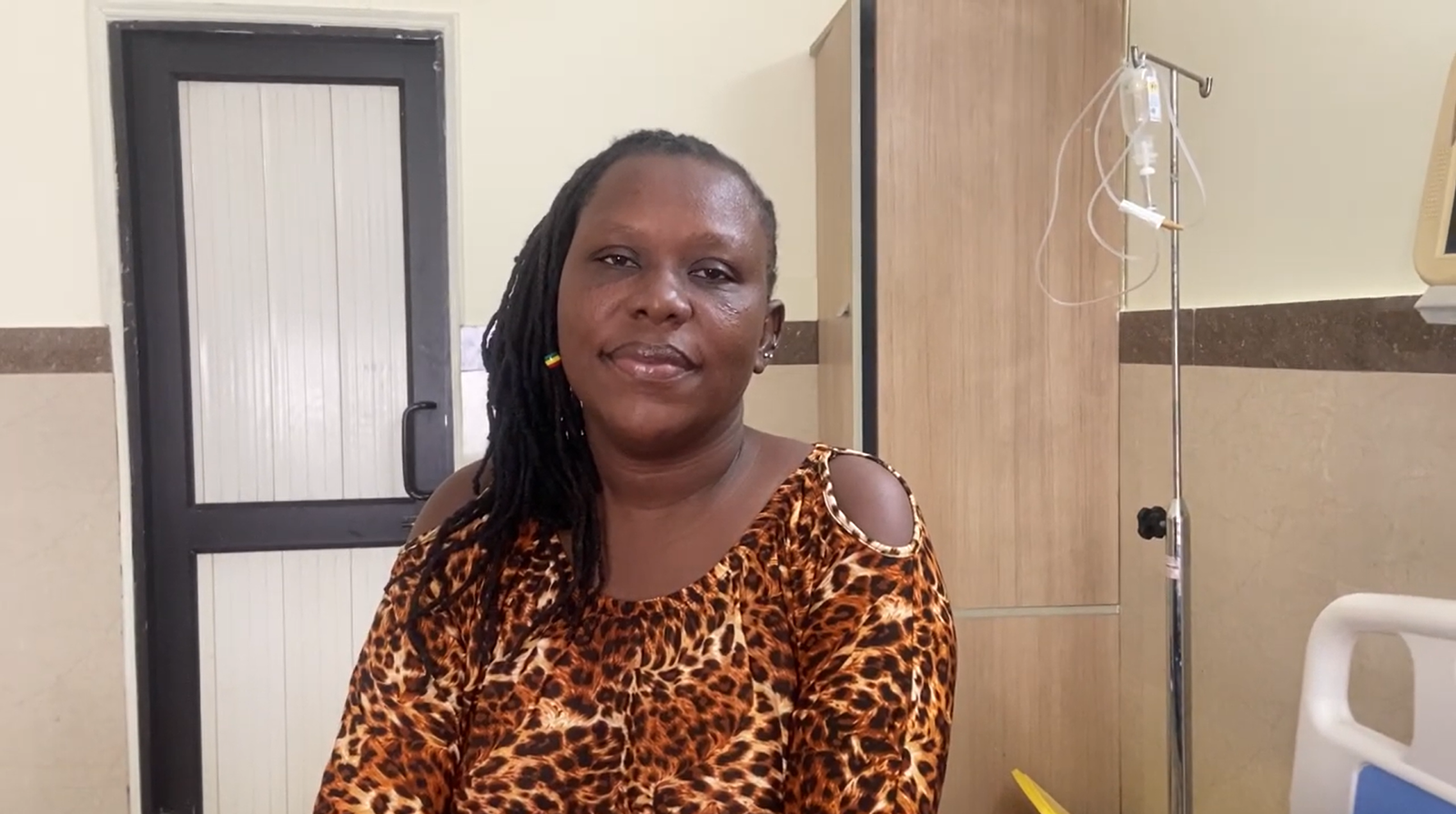
Stem cell therapy for infertility has given us renewed hope. The expertise and..Read More…
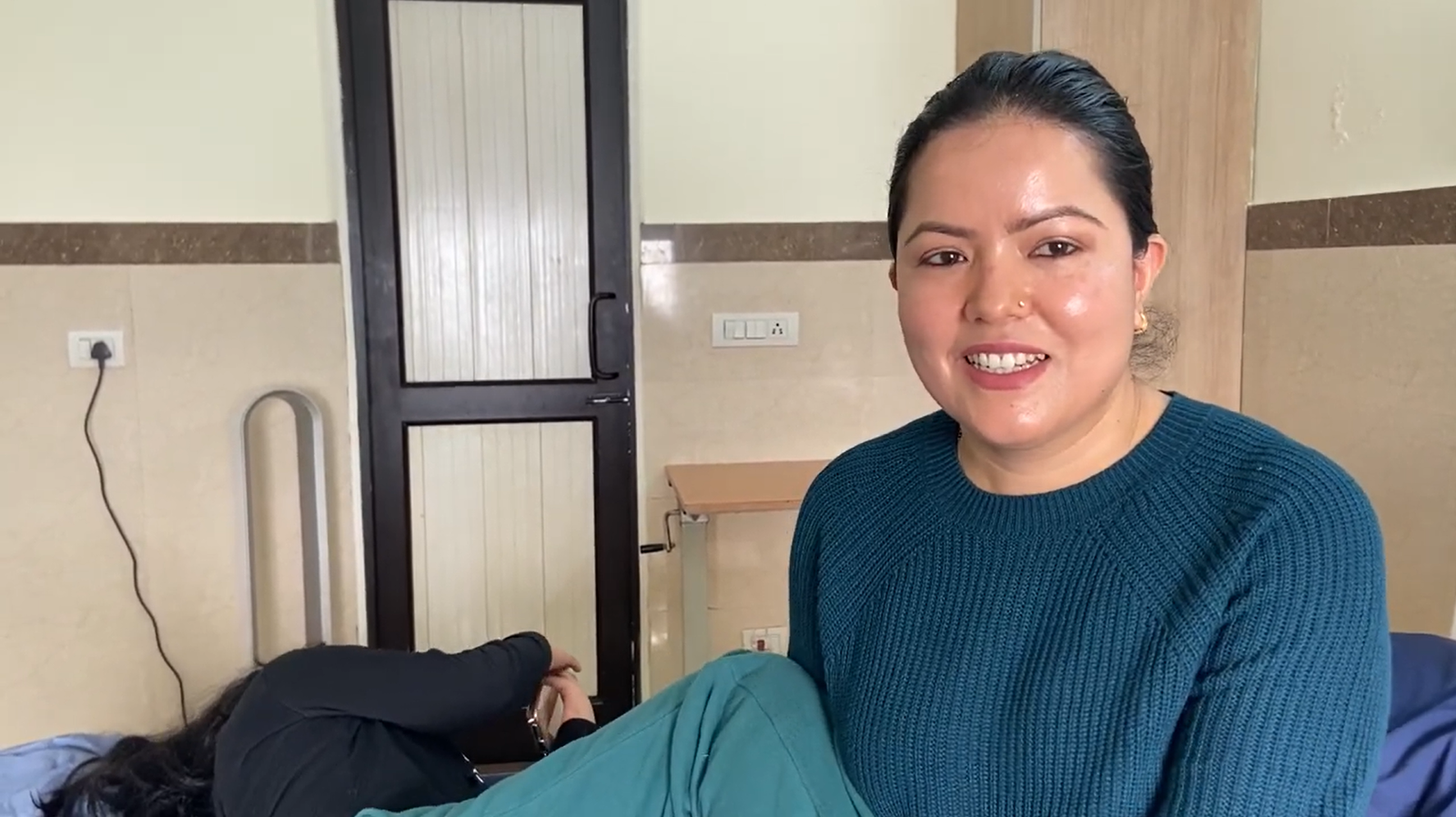
The stem cell treatment for my neurological disease ha.. Read More
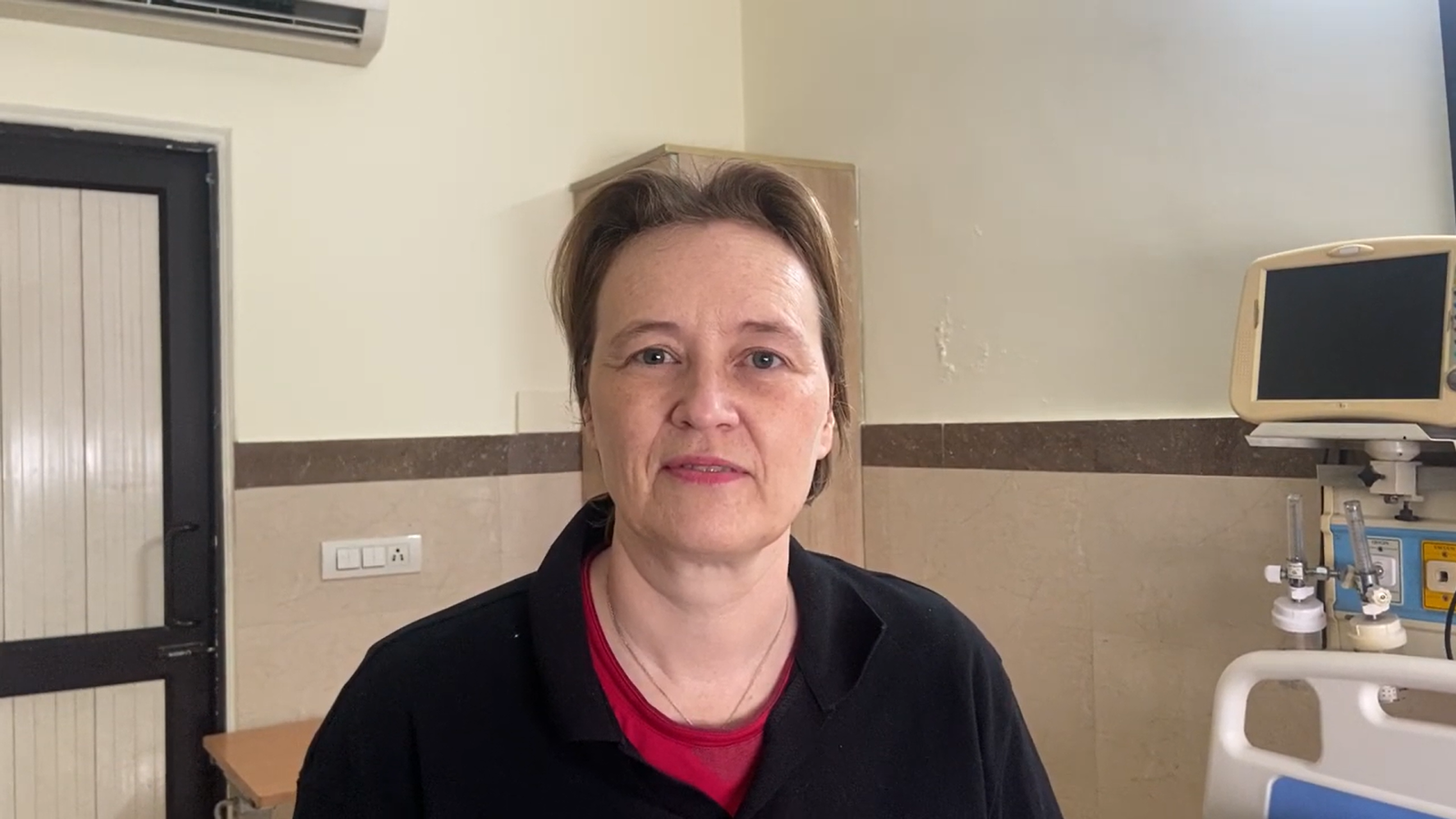
The stem cell treatment for my Chronic Fatigue Syndrome has been transformative… Read more….
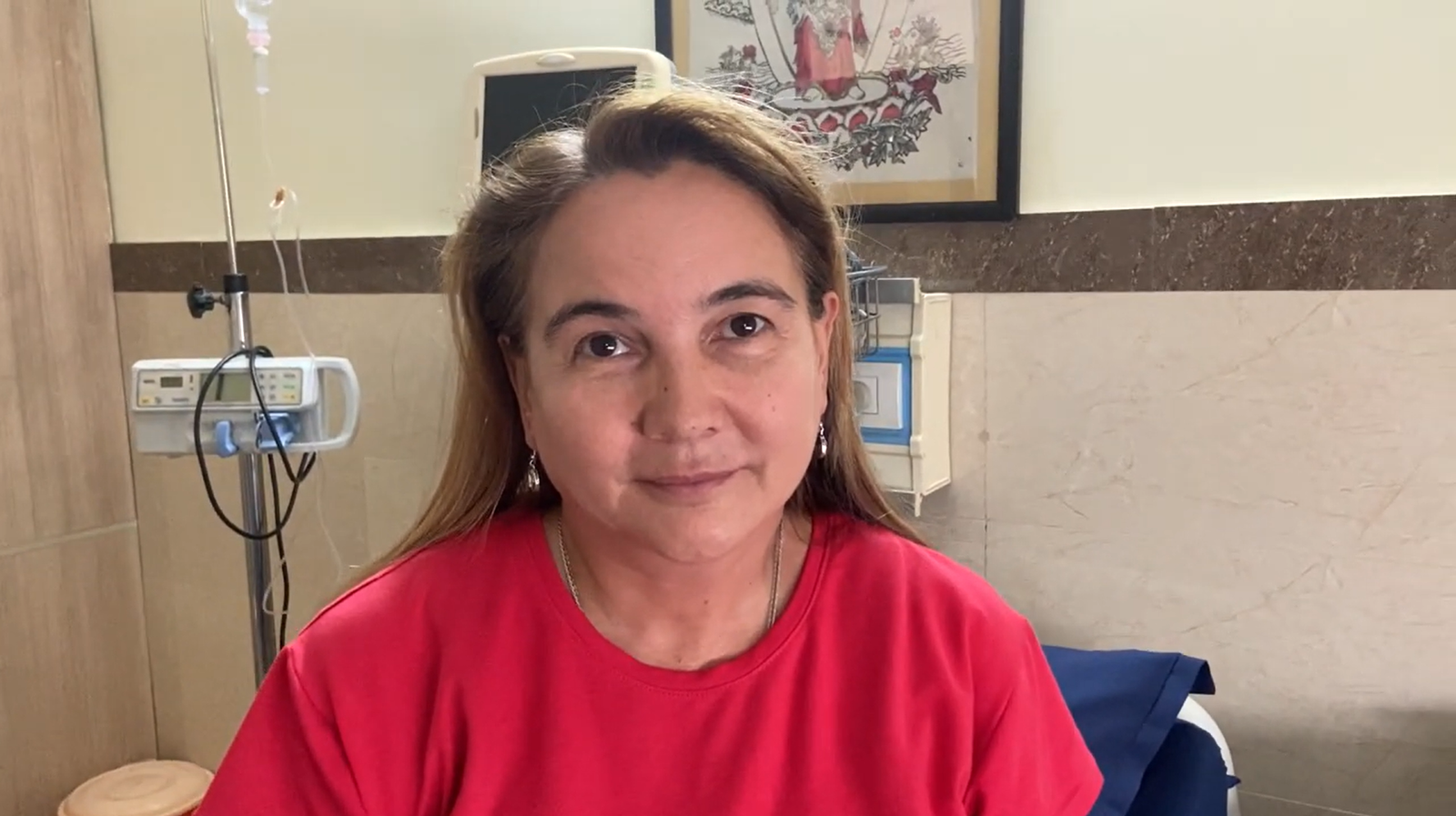
The expert care and attention I received have made managing my condition much easier.. Read
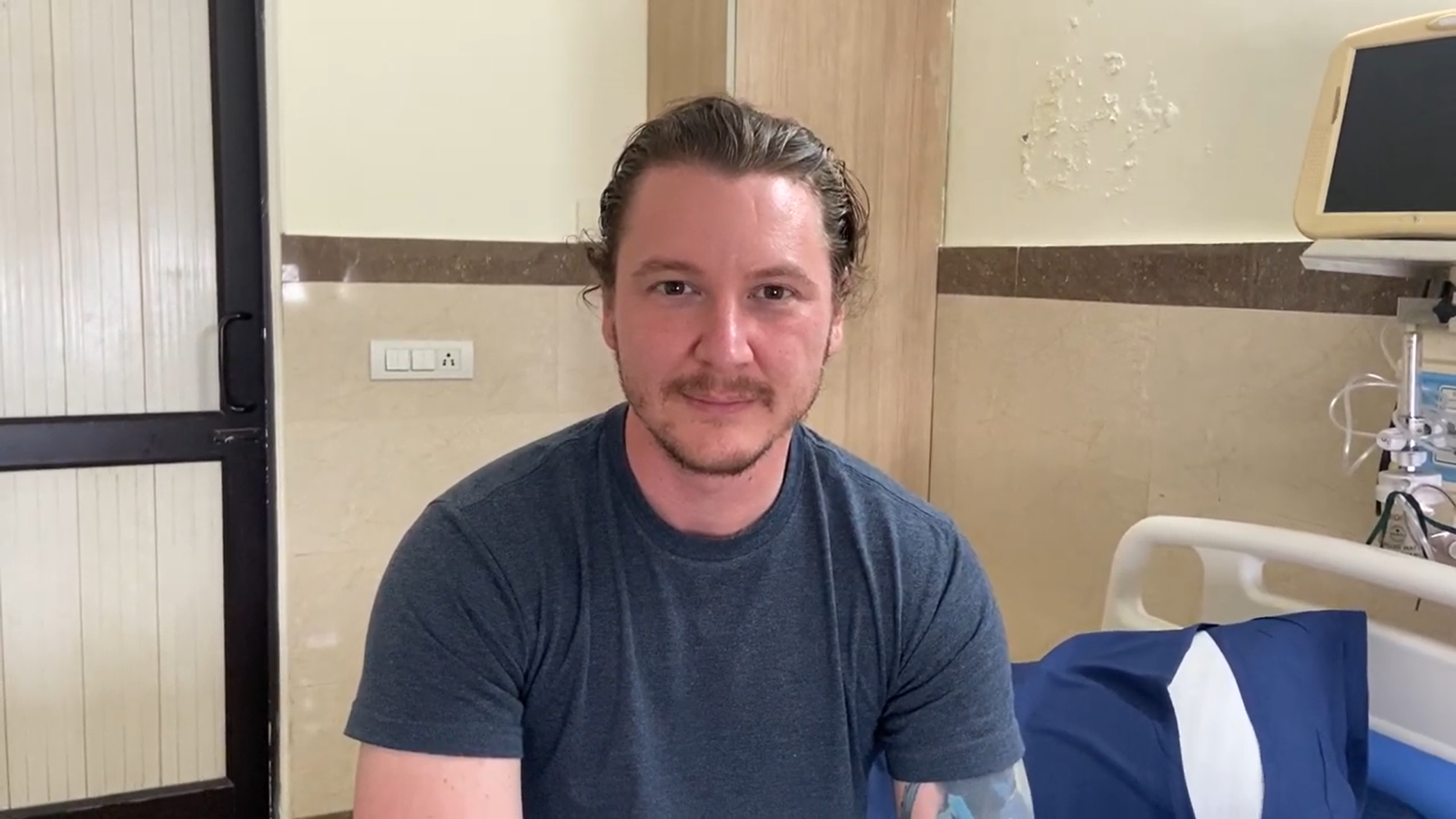
The stem cell treatment for my shoulder pain provided remarkable relief.. Read More…

(+91 ) 7827791242
(+91 ) 7827791242
info@globlaregenex.com
H-23/ B Abul Fazal Enclave, New Delhi - 110025, INDIA